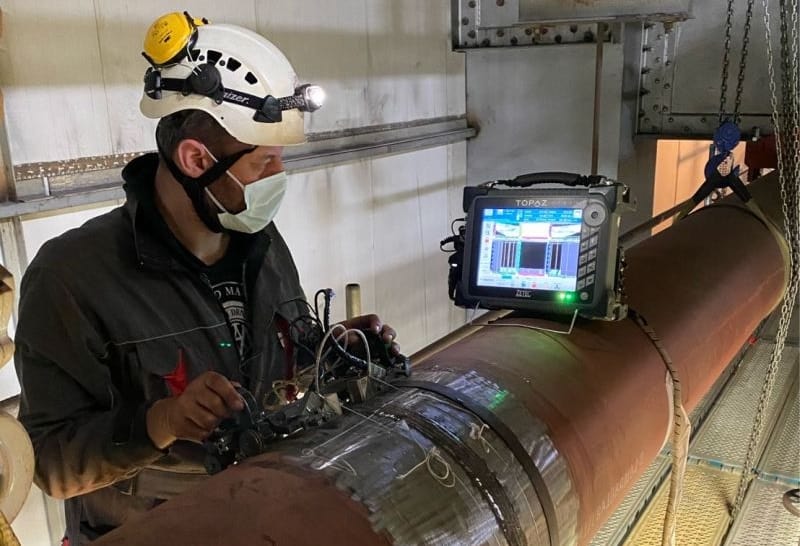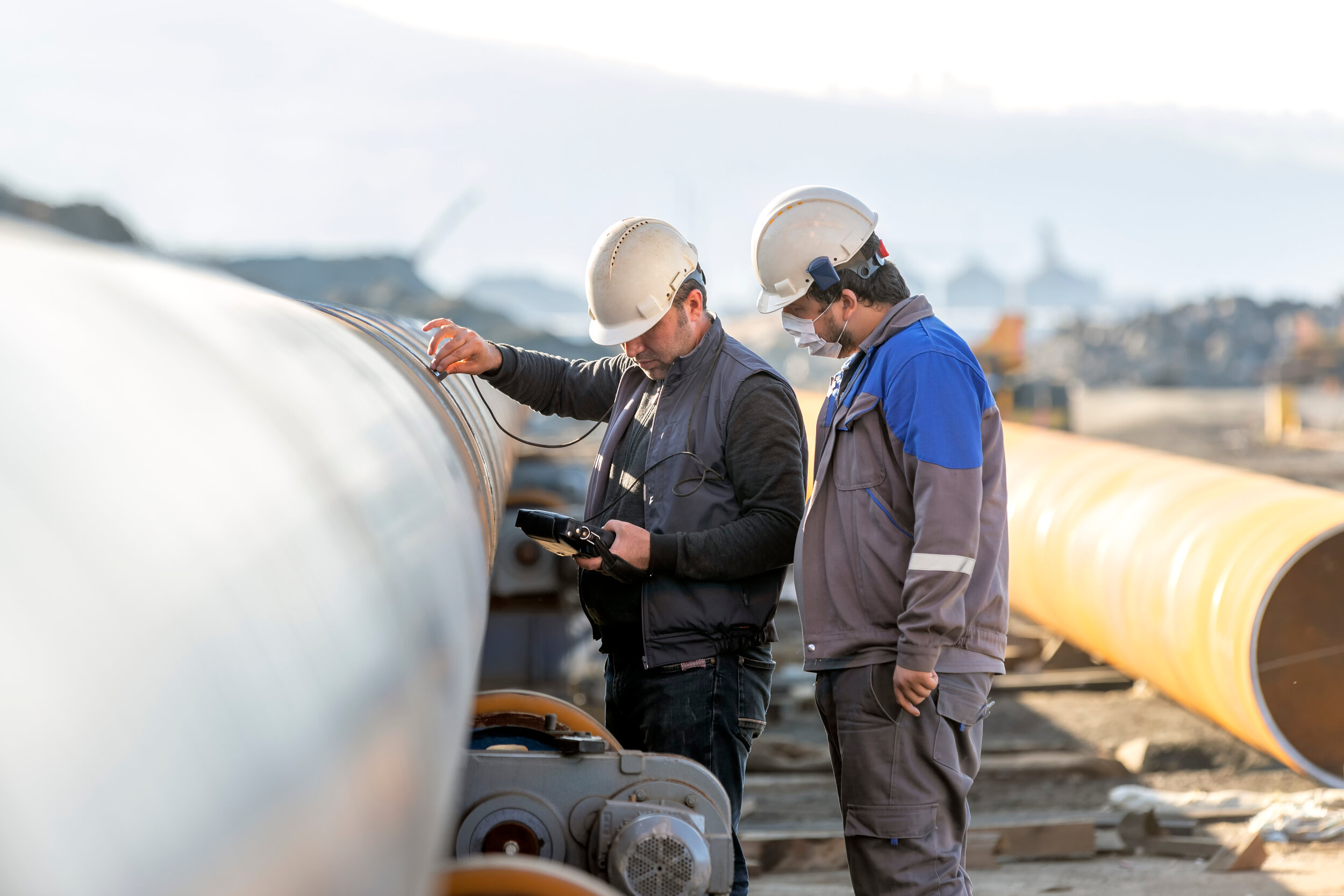Comprehensive Overview of Pipe Welding Inspection Procedures
Pipe welding inspection treatments play an important duty in guaranteeing that welded connections meet strict sector standards and specs. From careful pre-welding evaluations to extensive post-weld evaluations, a well-defined examination process is crucial for preserving the architectural strength of pipes.
Pre-welding Examination Preparations
Before starting the welding process, extensive pre-welding inspection preparations are crucial to make certain the honesty and high quality of the weld joint. These prep work involve a thorough examination of the materials to be bonded, the welding equipment, and the work setting. By conducting detailed pre-welding assessment preparations, potential problems can be identified and settled early on, leading to top notch and reliable weld joints.
Welding Procedure Certification
Comprehensive pre-welding inspection preparations lay the structure for the vital procedure of Welding Procedure Certification, making certain the stability and high quality of the weld joint. Welding Procedure Certification (WPQ) is a crucial action in the welding process that involves testing and certifying welding treatments to guarantee they fulfill particular criteria and needs. The WPQ process commonly consists of welding treatment requirements advancement, welding treatment credentials screening, and documents of the outcomes.
During welding procedure spec development, necessary details such as the welding procedure, welding products, joint design, and welding parameters are specified to produce a comprehensive procedure. Consequently, welding treatment credentials testing is carried out to confirm the proposed procedure's stability. This testing usually includes welding examination promo codes that undergo different mechanical and non-destructive tests to analyze the weld's high quality and adherence to the defined criteria.
In-process Weld Examination
Throughout the welding procedure, in-process weld evaluation plays a critical duty in ensuring the quality and integrity of the weld joint - Pipeline Welding Inspection. This sort of evaluation includes keeping an eye on the welding criteria, examining the weld grain development, and identifying any potential defects or discontinuities as they occur. By performing in-process weld examinations, welding drivers can without delay resolve any type of problems that might emerge, thus ensuring and stopping further defects that the last weld fulfills the needed specs
Typical approaches used for in-process weld examination include visual examination, fluid penetrant screening, magnetic particle testing, ultrasonic screening, and radiographic screening. Aesthetic assessment is typically the very first step in the process, allowing assessors to aesthetically evaluate the weld for surface area irregularities such as fractures, porosity, or incomplete combination. More innovative techniques like ultrasonic testing and radiographic testing supply in-depth understandings right into the interior structure of the weld, guaranteeing that there are no surprise problems that can compromise the weld joint's strength and stability. On the whole, in-process weld inspection is important for keeping the quality and reliability of bonded pipes.
Non-destructive Testing (NDT)
Non-destructive Screening (NDT) is a crucial approach employed in pipe welding assessment to assess the stability of weld joints without creating damages to the bonded framework. By utilizing numerous NDT strategies, examiners can assess the high quality of welds and identify any type of flaws or stoppages that may compromise the structural sturdiness of the pipe. Common NDT methods used in pipeline welding examination consist of Radiographic Screening (RT), Ultrasonic Screening (UT), Magnetic Fragment Examining (MPT), Fluid Penetrant Testing (LPT), and Visual Testing (VT)
RT includes using X-rays or gamma rays to create pictures of the interior structure of the weld, enabling examiners to find flaws such as porosity, splits, or insufficient fusion. UT makes use of high-frequency sound waves to discover problems below the surface of the weld, using detailed details regarding the size and area of problems. MPT and LPT are made use of to recognize surface-breaking defects by applying magnetic particles or penetrant fluids to the weld area. In addition, VT involves aesthetic inspection of welds to identify any type of visible blemishes.
Post-weld Inspection and Documents


Documents of post-weld examination findings is vital for keeping quality control records and making sure conformity with sector standards and regulations. Thorough records must include details concerning the inspection approaches made use of, the place and nature of any type of flaws discovered, and any kind of restorative activities taken - Pipeline Welding Inspection. Correct paperwork not just works as a record of the weld's top quality yet likewise aids in future upkeep and assessment procedures
Conclusion

In conclusion, pipeline welding assessment treatments play a vital role in ensuring the quality and honesty of welds. On the whole, adherence to correct assessment methods is vital to read the full info here the success of pipeline welding tasks.
From precise pre-welding inspections to comprehensive post-weld assessments, a well-defined inspection process is important for maintaining the structural soundness of pipes. By carrying out in-process weld evaluations, welding operators can promptly address any kind of concerns that may develop, consequently stopping additional problems and guaranteeing that the final weld meets the called for requirements.
Typical methods made use of for in-process weld assessment include aesthetic click site assessment, liquid penetrant screening, magnetic bit testing, ultrasonic screening, and radiographic screening.Non-destructive Testing (NDT) is an important method used in pipeline welding inspection to analyze the integrity of weld joints without creating damage to the bonded structure. Post-weld examination includes numerous techniques to assess the welds for issues, including visual examination, dye penetrant screening, magnetic particle screening, ultrasonic testing, and radiographic testing.